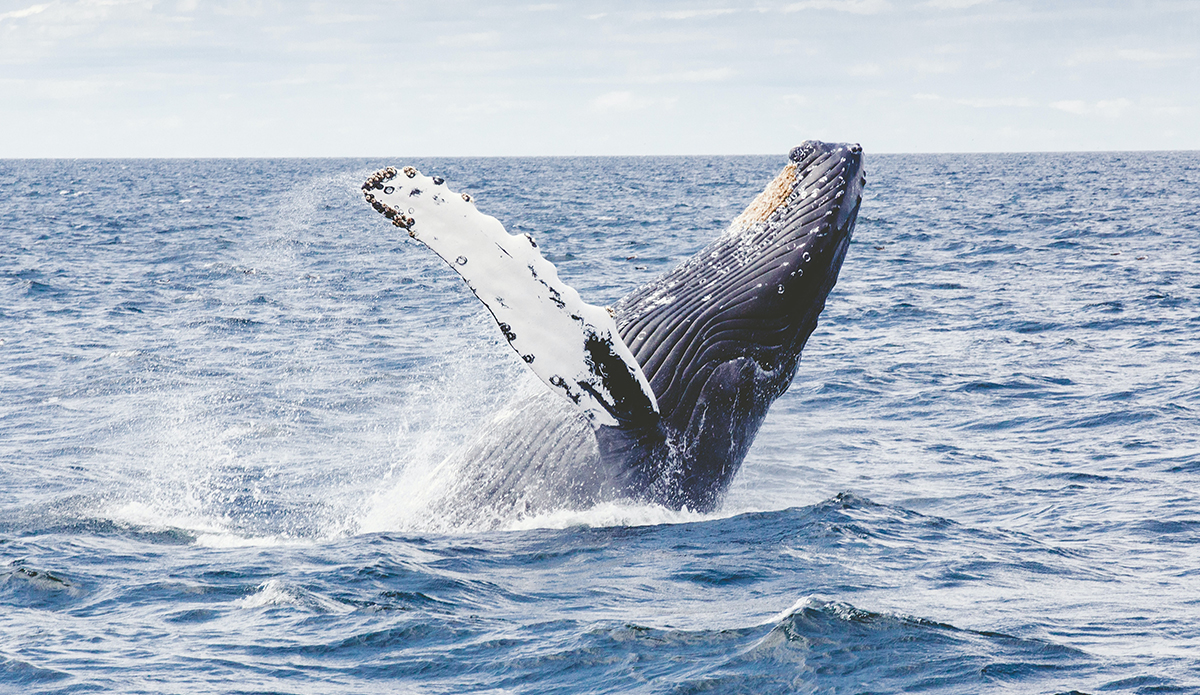
Photo: Thomas Kelley // Unsplash
New research from Oregon State University has studied the genetic impact of commercial whaling in the 20th century. The new paper, published in the Journal of Heredity, describes the loss of genetic diversity in today’s surviving whales, specifically the maternal lineage of blue and humpback whales.
Researchers compared DNA from whale bones found on beaches near abandoned whaling stations to present-day whales. The bones were primarily located on South Georgia, an island in the south Atlantic ocean, 800 miles southeast of the Falkland Islands. The prevalence of commercial whaling in the region, combined with cold temperatures that helped preserve samples, led to a large number of discarded bones available for analysis. “These bones are known to represent the first stage of 20th century whaling and thus pre-whaling diversity of these populations,” elaborated the paper. “Post-whaling diversity is described from previously published studies reporting large-scale sampling of living whales in the Southern Hemisphere.”
The result was that researchers found strong evidence of loss of maternal DNA lineages among blue and humpback whales. “A maternal lineage is often associated with an animal’s cultural memories such as feeding and breeding locations that are passed from one generation to the next,” the study’s lead author, Angela Sremba, told the Oregon State Newsroom. “If a maternal lineage is lost, that knowledge is likely also lost.” As a result, the local whale populations largely disappeared from South Georgia.
However, since the halting of commercial whaling, whales have begun to return to the island. “The numbers of whales returning to this region today are still not large, but there is a sense that they may be rediscovering this habitat,” said Scott Baker, associate director of OSU’s Marine Mammal Institute and Ph.D. advisor to Sremba. The study itself elaborated: “This provides the opportunity to document the natural reestablishment of these former feeding grounds, similar to what has been documented for the southern right whale around New Zealand.”
Though the whales have begun to return to the region, it is possible that the effects of commercial whaling will still be felt for years to come. Because some whale species can live up to 100 years, a number of whales living today may have been alive during the whaling era. When they die, it could result in a further loss in maternal lineages. “It is important to continue sampling these populations to monitor recovery and to determine whether the recovering populations are a remnant of the pre-whaling South Georgia populations or representative of a rediscovery and recolonization of this productive feeding habitat,” concluded the study.
“It’s remarkable these species survived. In another 100 years, we don’t know what might change, and we can’t measure any change now if we don’t have a good understanding of the past,” added Sremba. “This work provides an opportunity to reconstruct the history of these whale populations and help us understand what was truly lost due to whaling activities.”

